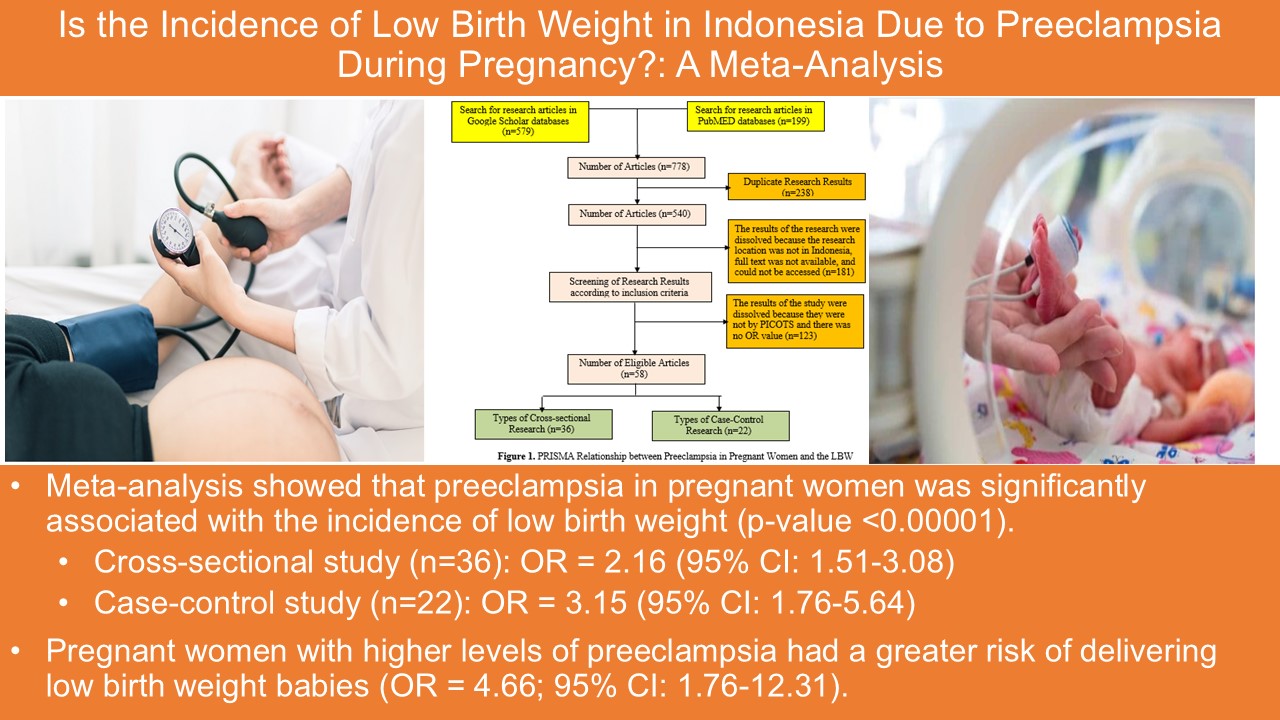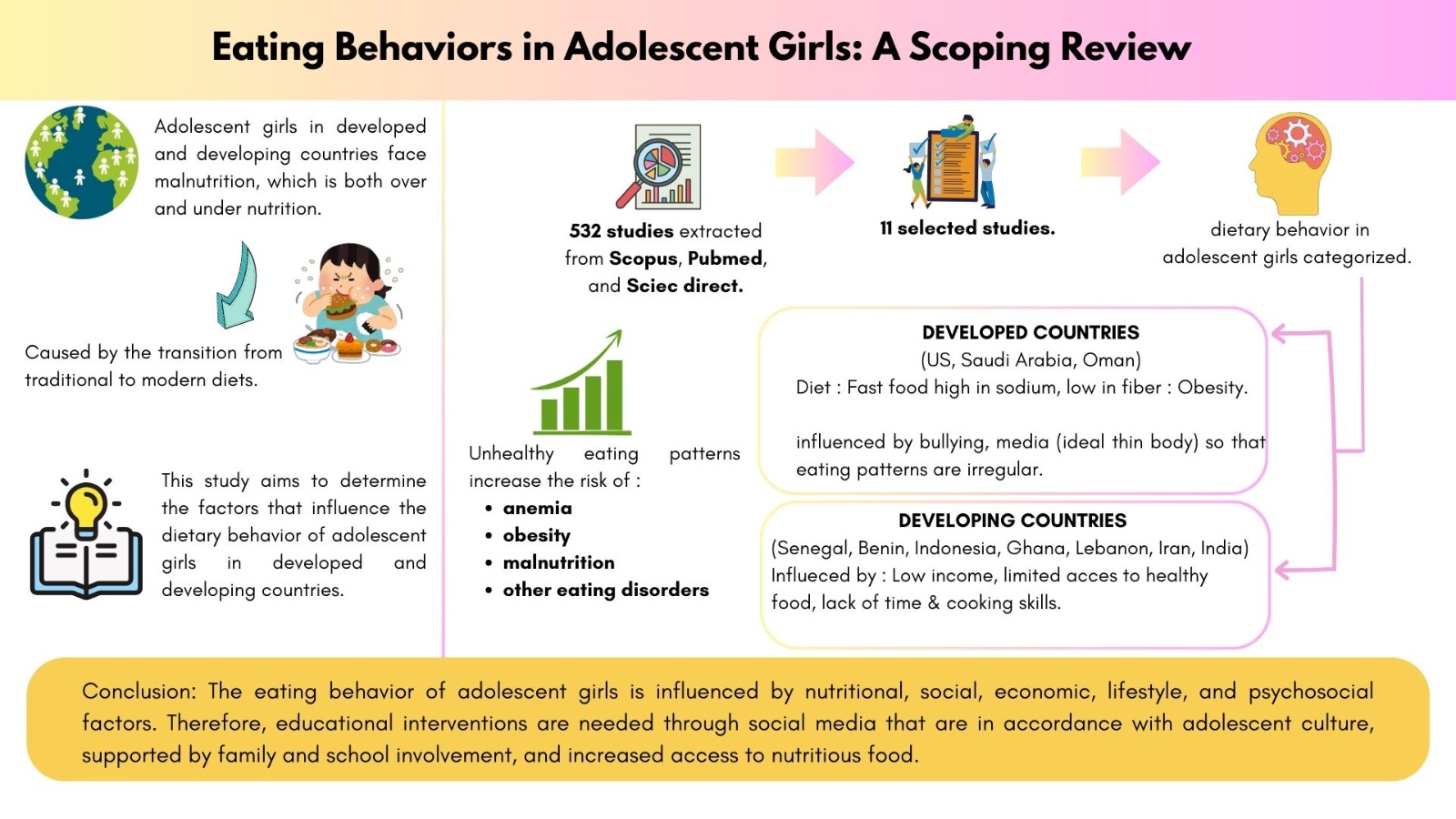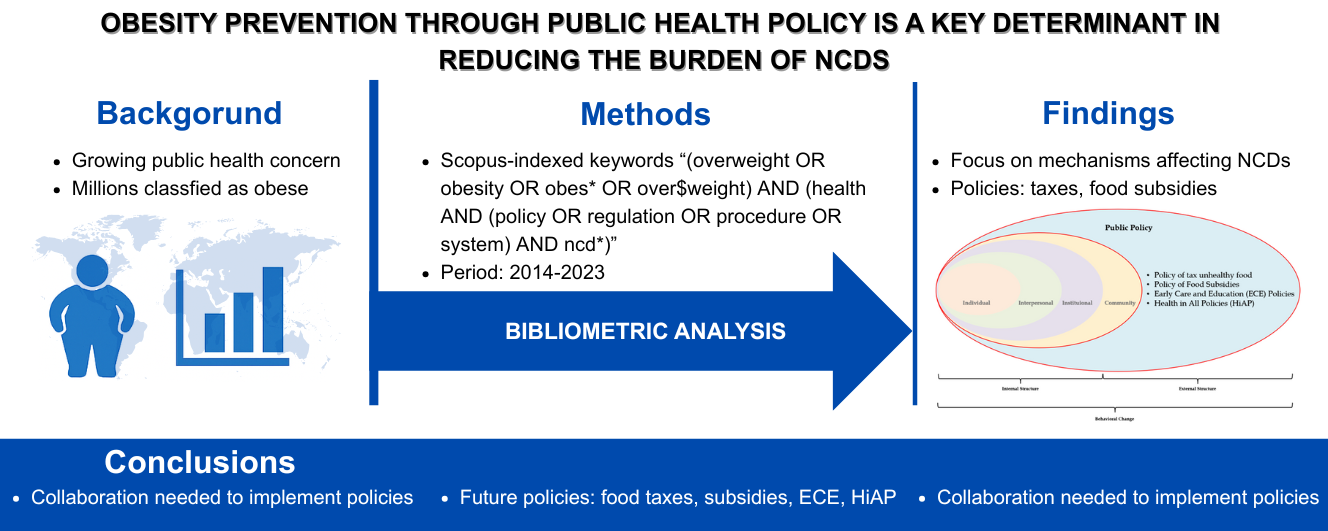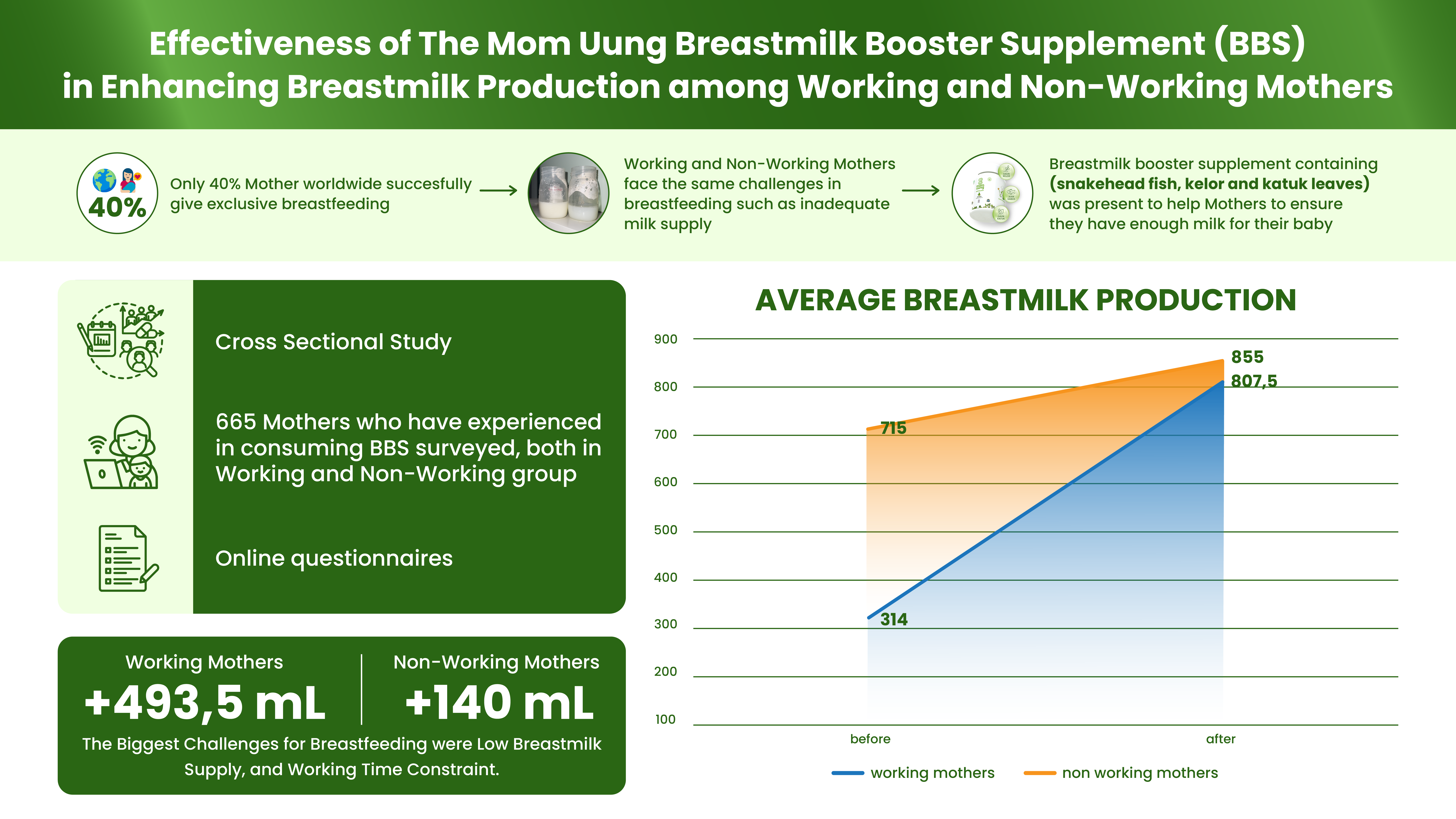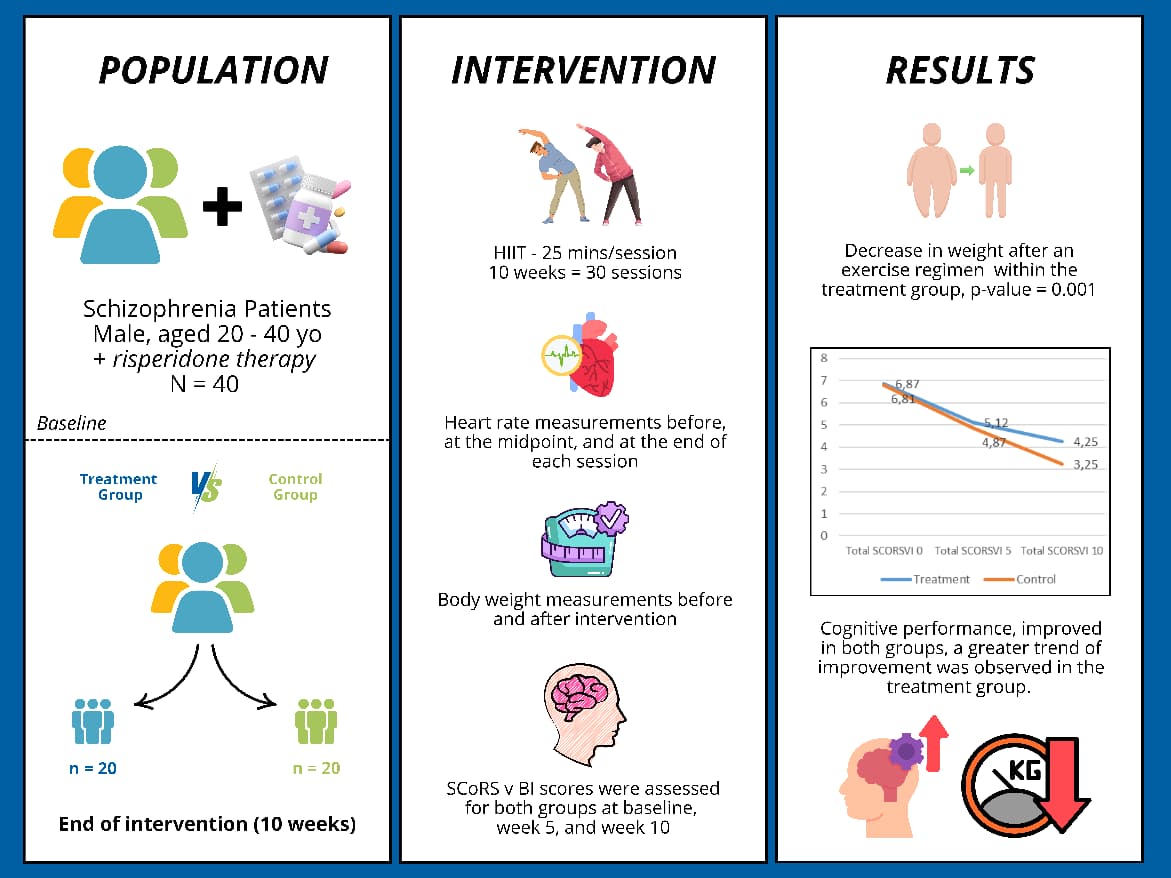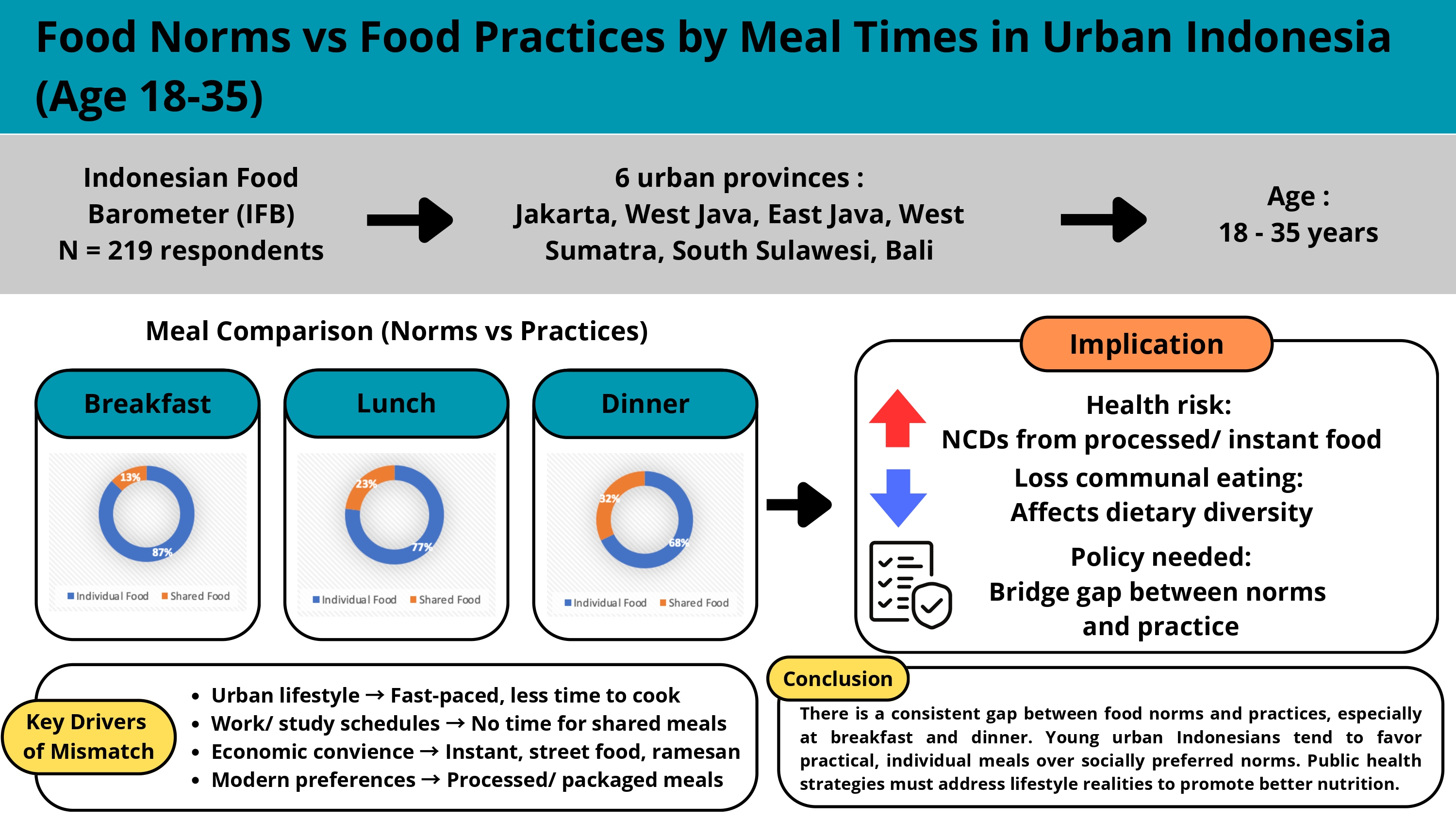The Level of Education, Business Age and Knowledge of Food Additives and Methanil Yellow: A Study among Online Noodle Sellers (GoFood and GrabFood) in East Surabaya
Tingkat Pendidikan, Lama Berjualan dan Pengetahuan Mengenai Bahan Tambahan Pangan dan Methanil Yellow: Studi pada Pedagang Mi Online (Gofood dan Grabfood) di Surabaya Timur
Downloads
Knowledge of food additives is one of the important factors for sellers. Knowledge affected the choice and usage of food additives for the product. Sellers' knowledge influenced by various factors such as level of education and experience or business age. This study aimed to analyze the relationship between education, business age, and knowledge among noodle sellers who sell their product through online order-delivery application GoFood and GrabFood in East Surabaya. This research was an analytic observational study with a cross-sectional method. This study using 57 respondents who sell their noodles product through online order-delivery application GoFood and GrabFood in East Surabaya within 2.38 km from predetermined point, Campus C Airlangga University, Mulyorejo obtained using random sampling method. Respondent characteristics and knowledge data were collected through interview using questionnaire. Data was analyzed using Spearman Rank Test to find the relationship between variables. The result showed that majority of respondents had senior high school education level, business age 1-5 years, and low level of knowledge. The results showed that education has significant relationship with knowledge (p value=0.017) with correlation coefficient 0.314 and the insignificant relationship between business age and knowledge (p value=0.418). In conclusion, level of education played an important role in sellers' knowledge of food additives. Socialization about the usage of food additives also need to be done regularly to prevent the false information received by the sellers.
Aprilia, A. (2015). Pengetahuan, Sikap dan Faktor-Faktor yang Mempengaruhi Pedagang Jajanan Anak Sekolah Dasar Negeri Terhadap Penggunaan Pewarna Methanil Yellow di Kecamatan Sukarame Bandar Lampung tahun 2015. Universitas Lampung, Bandar Lampung.
Aprilianti, I., & Amanta, F. (2020). Memajukan Keamanan Pangan pada Layanan Pesan Antar Makanan Daring di Indonesia. Jakarta.
Aprilyanti, S. (2017). Pengaruh Usia dan Masa Kerja Terhadap Produktivitas Kerja (Studi Kasus: PT. OASIS Water International Cabang Palembang). Jurnal Sistem Dan Manajemen Industri, 1, 68–72.
Asmarani, I. (2021). Hubungan Karakteristik Pedagang Terhadap Pengetahuan dan Perilaku Higiene Sanitasi serta Cemaran Mikroba pada Makanan Jajanan Kaki Lima di Wilayah Kemandoran Kelurahan Grogol Utara Jakarta Selatan. Universitas Esa Unggul, Jakarta.
Badan Pengawas Obat & Makanan Republik Indonesia. (2015). Pengetahuan Bahan Berbahaya. Jakarta: Direktorat Pengawasan Produk dan Bahan Berbahaya.
Budiman, & Riyanto, A. (2014). Kapita Selekta Kuesioner: Pengetahuan dan Sikap dalam Penelitian Kesehatan. Jakarta: Salemba Medika.
Dharmawati, I., & Wirata, I. (2016). Hubungan Tingkat Pendidikan, Umur, dan Masa Kerja dengan Tingkat Pengetahuan Kesehatan Gigi dan Mulut pada Guru Penjaskes SD di Kecamatan Tampak Siring Gianyar. Jurnal Kesehatan Gigi, 4(1).
Fadilah, R. (2017). Bahan Ajar "Bahan Tambahan Makanan.” Makassar: Fakultas Teknik Universitas Negeri Makassar.
Fakhruddin, & Shofwan, I. (2019). The Impact of Non-Formal Education in Community Development: A Case Study in Pati, Indonesia. International Journal of Innovation, Creativity and Change., 5(5). Retrieved from www.ijicc.net
Indriani, A. D., & Suwita, K. (2018). Keamanan Pangan Mie Basah Kuning (Kandungan Boraks, Formalin, Methanil Yellow) di Beberapa Pasar Tradisional Kota Malang. Jurnal Gizi KH, Desember, 2018(1), 42–51.
Jamil, A., Sabilu, Y., & Munandar, S. (2017). Gambaran Pengetahuan, Sikap, Tindakan dan Identifikasi Kandungan Pemanis Buatan Siklamat pada Pedagang Jajanan Es di Kecamatan Kadia Kota Kendari Tahun 2017. Jurnal Ilmiah Mahasiswa Kesehatan Masyarakat, 2(6).
Menteri Kesehatan Republik Indonesia. Peraturan Menteri Kesehatan Republik Indonesia Nomor 033 Tahun 2012. , (2012). Indonesia.
Notoatmodjo, S. (2014). Promosi Kesehatan dan Perilaku Kesehatan. Jakarta: Rineka Cipta.
Presiden Republik Indonesia. Peraturan Pemerintah Republik Indonesia Nomor 28 Tahun 2004. , (2014). Indonesia: http://perundangan.pertanian.go.id/admin/p_pemerintah/PP%20No.28%20Tahun%202004%20Keamanan,%20Mutu,%20&%20Gizi%20Pangan.pdf.
Ramli, A. (2018). Faktor-Faktor yang Berhubungan dengan Kandungan Zat Pewarna Sintetik Methanyl Yellow pada Jajanan Anak Sekolah Dasar di Kecamatan Pontianak Utara. Universitas Muhammadiyah Pontianak, Pontianak.
Sugiatmi, & Poetra, I. (2016). Knowledge And Practice of the Use Of Borax In Meatballs Seller At The Campus A University of Muhammadiyah Jakarta. The 2nd International Multidisciplinary Conference 2016, 744–750.
Tattu, A. (2020). Hubungan Tingkat Pengetahuan Pedagang Serta Analisis Kandungan Formalin dalam Bahan Makanan yang Dijual di Wilayah Kerja Puskesmas Kuta Selatan Tahun 2020. Politeknik Kesehatan Kemenkes Denpasar, Denpasar.
Ukkas, I. (2017). Faktor-Faktor yang Mempengaruhi Produktivitas Tenaga Kerja Industri Kecil Kota Palopo. Journal of Islamic Education Management, 2(2), 187–198.
Vaus, D. (2002). Survey in Social Research 5th Edition. New South Wales: Allen and Unwin.
Wahyudi, J. (2017). Mengenali Bahan Tambahan Pangan Berbahaya: Ulasan. Jurnal Litbang, XIII(1), 3–12.
Zulkifli, Andina, L., & Primanadini, A. (2016). Gambaran Kandungan Methanyl Yellow Pada Minuman Temulawak yang Beredar di Sekitar Kota Martapura. Jurnal Ergasterio, 04(01).
Zuraida, R., Saputra, O., Sahli, Z., & Aprilia, A. (2017). Faktor-Faktor yang Mempengaruhi Pedagang Jajanan Anak Sekolah Dasar terhadap Penggunaan Pewarna Methanil Yellow di Kecamatan Sukarame Bandar Lampung Tahun 2015. J AgromedUnila, 4(1).

This work is licensed under a Creative Commons Attribution-NonCommercial-ShareAlike 4.0 International License.
- MEDIA GIZI INDONESIA Journal is the copyright owner of all materials published on this website.
- The formal legal provisions for access to digital articles of this electronic journal are subject to the terms of the Creative Commons Attribution-NonCommercial-ShareAlike license (CC BY-NC-SA 4.0), which means that MEDIA GIZI INDONESIA Journal and readers reserve the right to save, transmit media / format, manage in database, maintain, and publish articles as long as it continues to include the name of the Author.
- Printed and published print and electronic manuscripts are open access for educational, research and library purposes. In addition to these objectives, the editorial board shall not be liable for violations of copyright law.


2.png)















